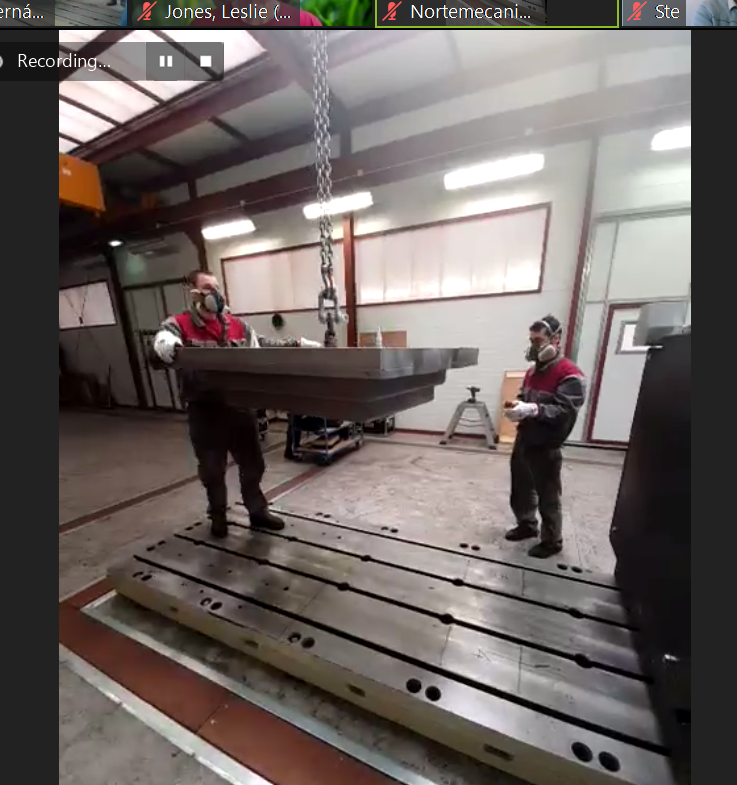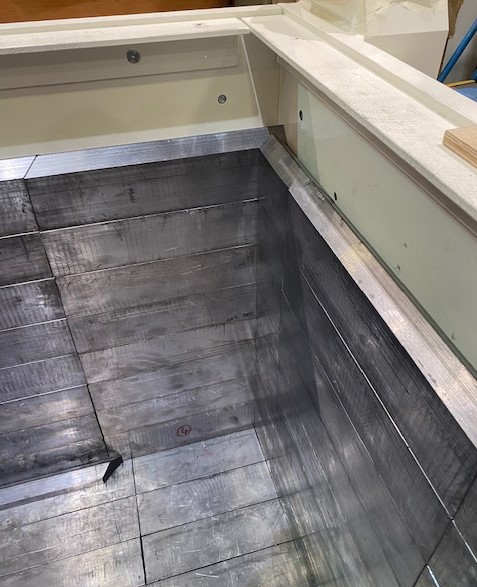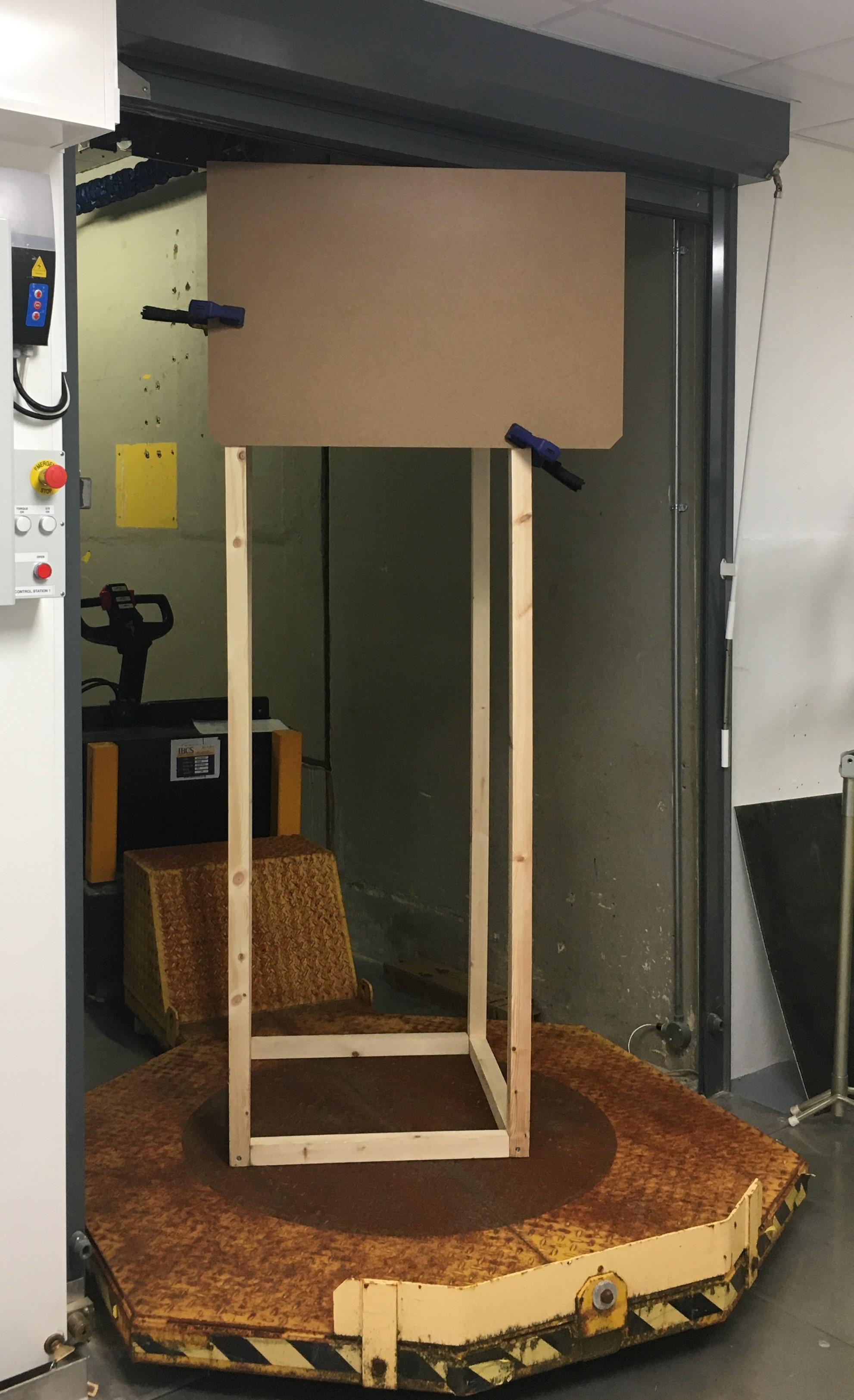The first ISIS Target Station (TS1) has now been operating for over 30 years. During this period, there has been no significant work carried out to maintain or develop the technology deep within it. The TS1 project has been put in place to ensure sustainability for TS1, and its continued operation for many years into the future.
The majority of the work will take place during a one-year period when the target station will be completely shut down, starting in January 2021. The project will see many changes to the heart of TS1, including the design of the target and its cooling systems, the moderators, the reflector and all their associated services. The equipment being removed from ISIS TS1 is radioactive and will need to be handled remotely and contained.
Radiological shielding and containment during the waste removal, on-site transport and on-site storage will be managed through use of shielded flasks. Four of the flasks have been specifically designed in-house for the TS1 project: the Reflector Flask, Cantilever Frame Flask, Hardened Rail Flask, and a Moderator Flask.
Flask Manufacture
Manufacture of these flasks had started when the coronavirus pandemic hit. The steel frame of one flask design was being manufactured in Spain before being shipped to the UK to be lined with lead shielding, with other designs being made in the West Midlands, and Poole. To ensure the quality of the flask was up to the correct standard, Mark Shaw and other team members from the ISIS design division were due to visit the Spanish manufacturer to do a Factory Acceptance Test. This plan was severely disrupted when the lockdown hit.
After just under two weeks of compulsory closure for the manufacturing facility in Spain, the contractors were able to start up work again and continue the manufacture of the flask to the original deadline. To keep the project on schedule, the ISIS team completed their Factory Acceptance Test virtually, using Zoom.
Mark explains; “Although we had to rely on the contractors showing us the complete picture, we were able to have more team members join the call than would have been able to travel to Spain, and we have been able to record it for future reference." This meant that more of the team were able to see how the final product will be put together and moved when in use.
Being able to carry out this remote approval enabled the flask to be shipped to the lead-lining company in Chester on time. As this flask is the first of its kind, there were some delays due to the development of the method of lining, but the project is not far behind schedule: a significant achievement given the current climate!
The team is now in the process of arranging delivery of the flask to ISIS: a task which will involve a mobile crane in Chester, and the Heavy Gang's new 28T forklift at RAL. Once this is on site, another flask can be shipped to the company in Chester for lead lining.
 Flask Design
Flask Design
Designing the flasks has been challenging; incorporating sufficient shielding material whilst making sure they are small, and light, enough to be moved where needed. Some equipment will need to be disassembled, and even sawn apart in the Remote Handling Cell before it can be loaded into a flask and removed.
The good news is that the new target, reflector and moderator (TRaM) assembly due to be installed in 2021 has been designed in a way that means disassembly will be much easier! The preparation for modification, handling and disposal has been a crucial consideration through all stages of the design process.
The complete process from size reduction and removal of waste to flask storage has been considered to achieve a flask design and operational process, which, with regard to radiological exposure, is As Low As Reasonably Practicable (ALARP). When considering ALARP, three groups of actions have been considered: loading and moving; on-site transport and on-site storage. ALARP has different implications for each of these groups. When loading and moving a flask with trained operators performing defined tasks the shielding requirements are different to when stored in a building close to a number of other packages each with an external dose.
Each flask has been designed to use a combination of steel and lead shielding materials to achieve a maximum external contact dose of 1mSv/h, lower where practical; minimising any potential for operator dose. With the full inventory of shielding materials required to achieve this external contact dose, three of the four flask designs would be heavier than the 15,000 kg safe working load of the flask mover used in the tunnels.
To reduce the flask mass, some of the steel shielding panels are removable and can be bolted to the outside walls of the flask once the flask has been removed from the tunnel. The implications of not having the full shielding inventory in place whilst the flasks are being loaded and moved in the tunnels on the operator has been rigorously reviewed by investigating expected dose rates and task durations.
Generally, loading of the flasks will be performed with no operator interaction and therefore, with careful planning, monitoring and management it will be possible for the work to take place in the tunnels with reduced shielding in an ALARP manner. Once the flasks are lifted off the flask mover, and out of the tunnel, the final shielding panels can then be installed.
Mock-up flasks
As well as manufacture of the real flasks, aluminium mock-ups with steel liners have also been made, to allow operations team to practise loading them remotely. The delivery of components took place with the site closed due to coronavirus lockdown restrictions, and was completed successfully.
The mock-ups will also be used to allow the ISIS operations team to practise loading the flasks in advance of the shutdown so any difficulties can be ironed out. All loading will need to be done remotely with no direct operator interaction due to the radioactivity of the waste materials. They will also use them to walk through the process of moving the flask by overhead crane around the ISIS buildings so that any pinch points where hand rails or similar will have to be temporarily removed can be identified.
Before the lockdown, a wooden mock-up was made to check the clearance under the roller shutter door in the tunnel under the target handling area. As you can see: it's a tight fit!
As well as size, the team need to consider the weight of the final filled flask: the level of shielding needed means that a 15 kg steel pipe will be stored in a flask that weighs ten tonnes! This has implications for the equipment that can be used to move it, and the group are commissioning bespoke lifting equipment for the work.
Mark and the team are very happy that this process has been completed successfully: “with four more flasks due to be made by the same company in Spain, it's great that we've been able to continue the work (almost) as planned."
